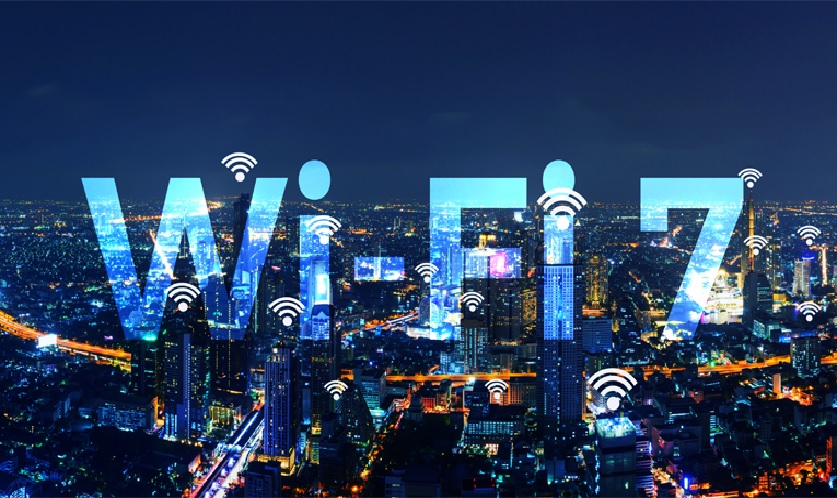Get Ready for Lightning-Fast Internet: Wi-Fi 7 Unveiled with Mind-Blowing Speeds

Technology News ,World :- Guess what? Wi-Fi is about to get a major upgrade, and it's called Wi-Fi 7, officially known as 802.11be. Brace yourself because our homes and offices are on the verge of experiencing incredible speeds—almost 5.8 Gigabits per second (Gbps). Yes, you read that right!
I have a little secret to share. I find it hard to believe when Intel claims that a typical Wi-Fi 7 laptop can reach a maximum speed of 5.8 Gbps. But, let's not get caught up in the top-end numbers. What I can believe is that Wi-Fi 7 can deliver real-world speeds of around 4 Gbps, which is more than fast enough for most people, unless you're running a high-performance supercomputer cluster at home.
So, what makes Wi-Fi 7 stand out from its predecessor, Wi-Fi 6E, which can reach speeds of up to 1.5 Gbps? Well, Wi-Fi 7 achieves these blazing speeds thanks to some cool new features:
- Increased Channel Bandwidth:- Wi-Fi 7 doubles the maximum channel bandwidth from 160MHz to 320MHz, allowing for faster data transmission. Bigger bandwidth means higher wireless download speeds.
- 4K Quadrature Amplitude Modulation (QAM):- This feature lets each signal pack up to 120% more data into a channel compared to Wi-Fi 6E.
- Multi-Link Operation (MLO):- This feature allows devices to connect across two or three bands (2.4 GHz, 5GHz, and 6GHz), boosting speed and stability. It seamlessly switches to another band if one is out of range.
- Improved Latency:- Integrating all three bands reduces airtime restrictions, making immediate data packet transmission more likely. This is great for applications requiring low latency, like online gaming and video conferencing.
- MU-MIMO Enhancement:- Wi-Fi 7 supports more multi-user, multiple-input, multiple-output (MU-MIMO) spatial streams, enabling routers to communicate with more devices simultaneously, especially in crowded environments.
- Multi Resource Units (RU):- Unlike older Wi-Fi standards, Wi-Fi 7 allows the channel to be shared if there's available room in it
Wi-Fi 7 operates on the familiar 2.4GHz, 5GHz, and 6GHz bands, making it backward compatible with previous Wi-Fi standards. However, older devices won't fully benefit from its higher performance and new features.
To make the most of Wi-Fi 7, all your gear needs to support the new standard. With the right equipment, you can enjoy 8K movies, augmented reality/virtual reality gaming, and lightning-fast large file downloads.
For home networks, Wi-Fi 7 enhances the performance of smart home devices, providing a more reliable connection for Internet of Things technologies. The improved bandwidth and speed are perfect for families with multiple devices streaming high-definition content simultaneously.
In businesses, Wi-Fi 7 supports more devices with minimal interference, making it ideal for large offices and coworking spaces. The improved speed and stability facilitate seamless video conferencing and efficient cloud-based applications.
Now, here's a bit of a downside. The 6 GHz wireless spectrum, while great for fast data transfers at close range, struggles with long distances and interference from physical obstructions. However, the Federal Communications Commission (FCC) is working on a solution that will increase Wi-Fi 7's range and overall performance.
Wi-Fi 7 routers are already available, but they come with a hefty price tag. If you're eager to experience the cutting edge, go ahead and invest. But for most people, it might be wise to wait until more devices support Wi-Fi 7, and prices come down. After all, this new standard is a significant leap forward in wireless technology, and it's only going to get better!


